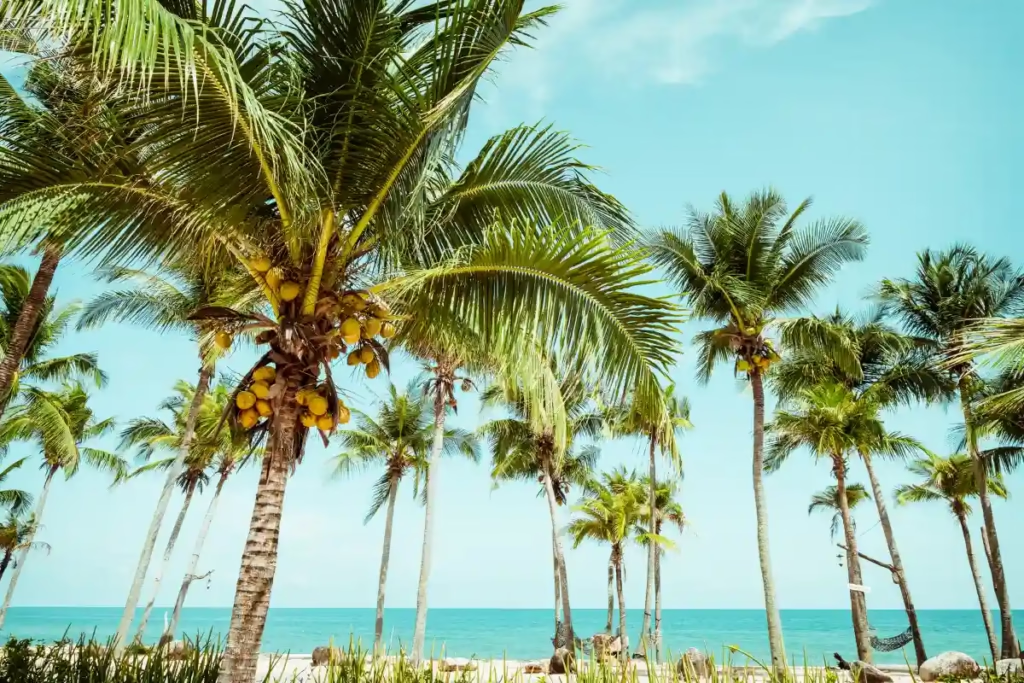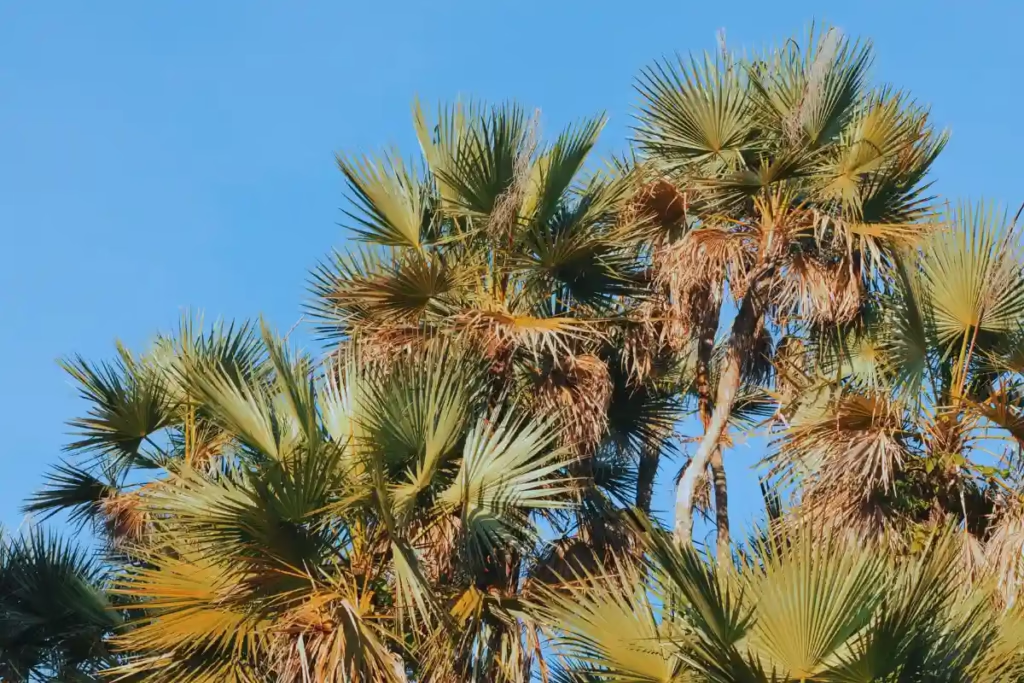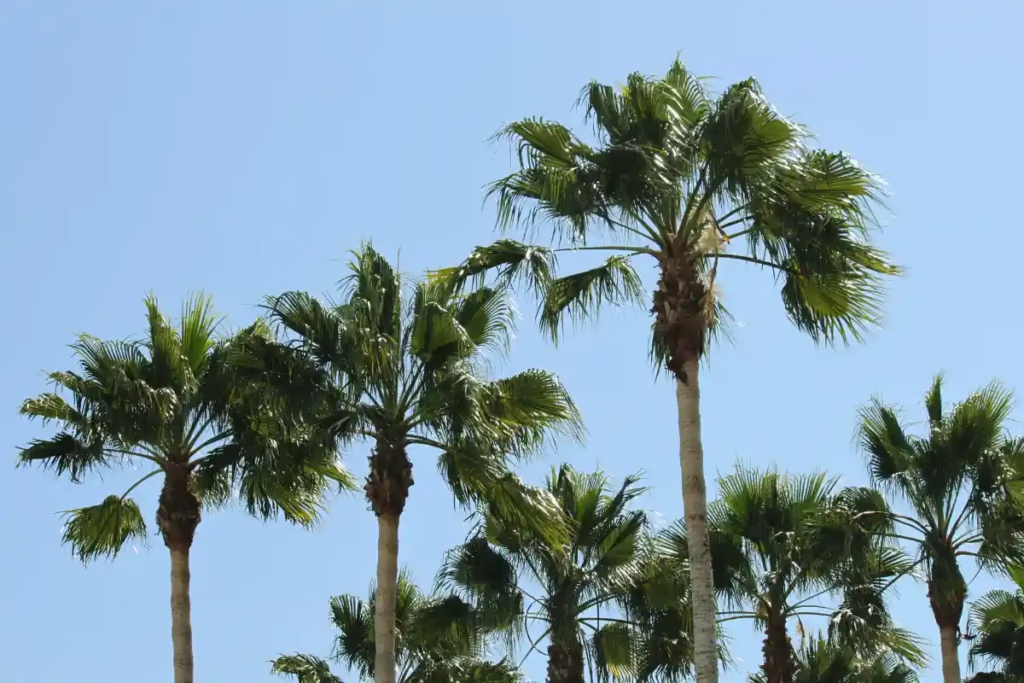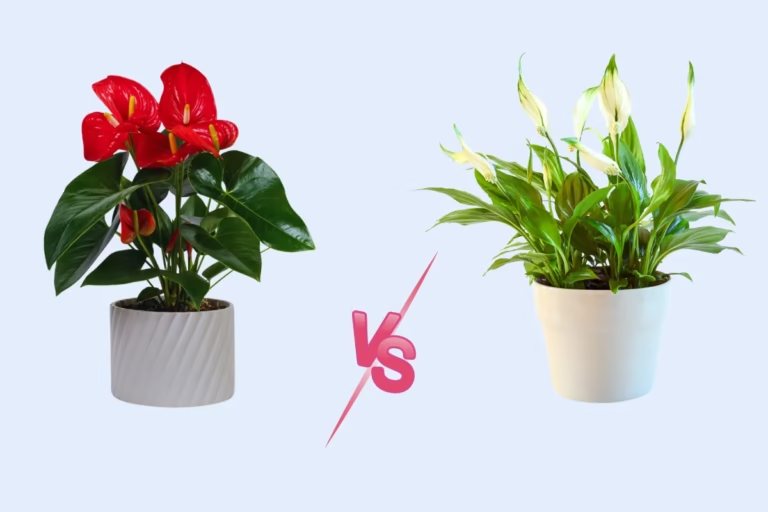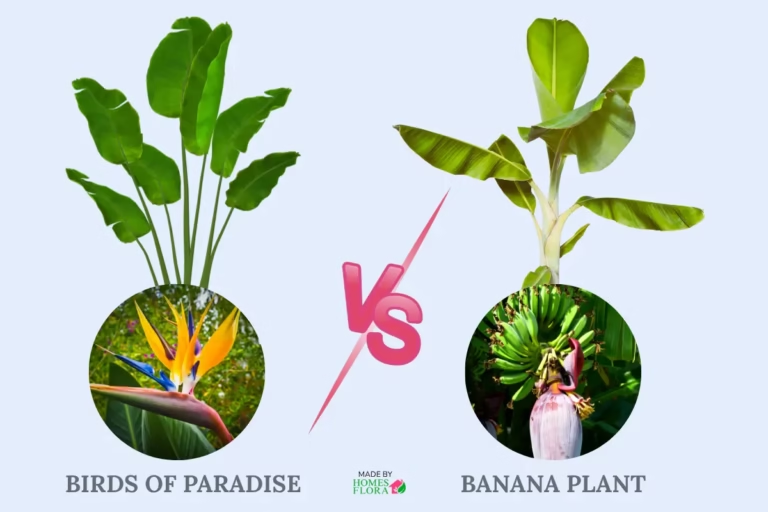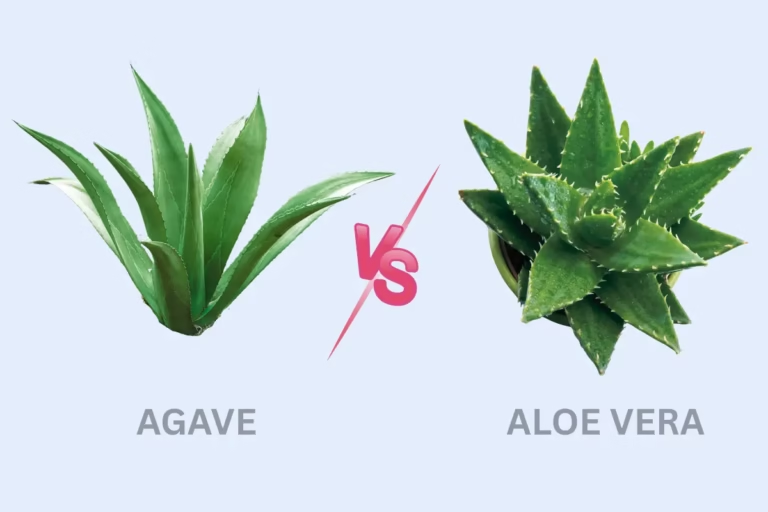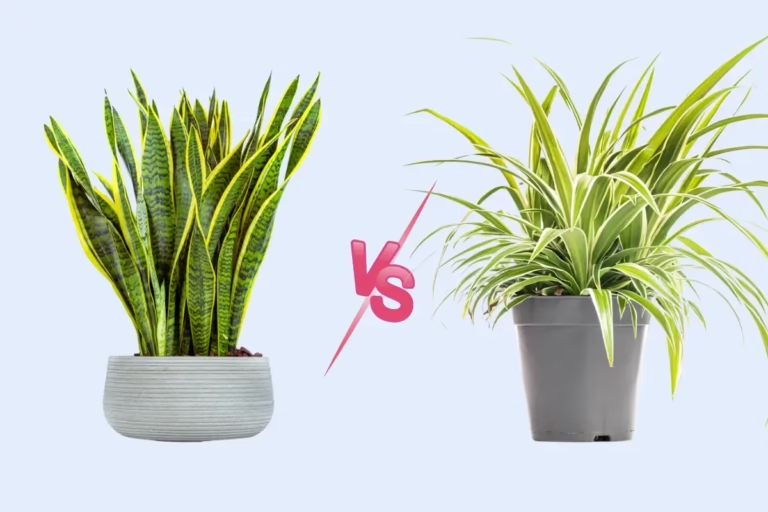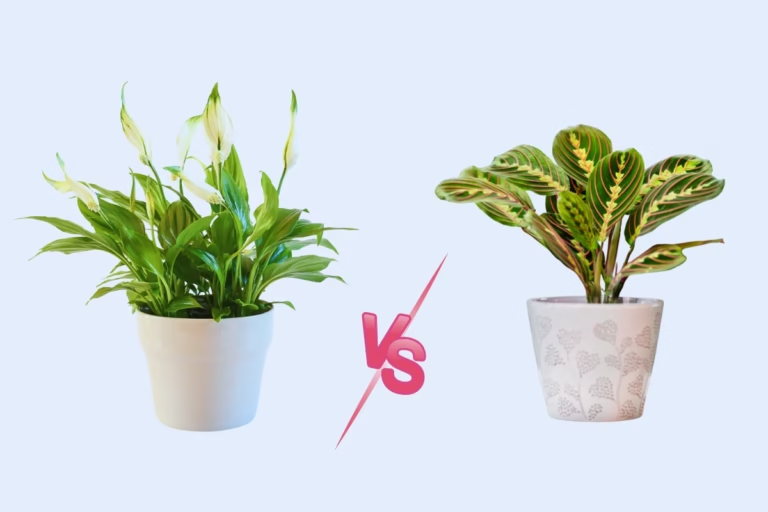Palmetto Tree Vs. Palm Tree: Key Differences & Similarities
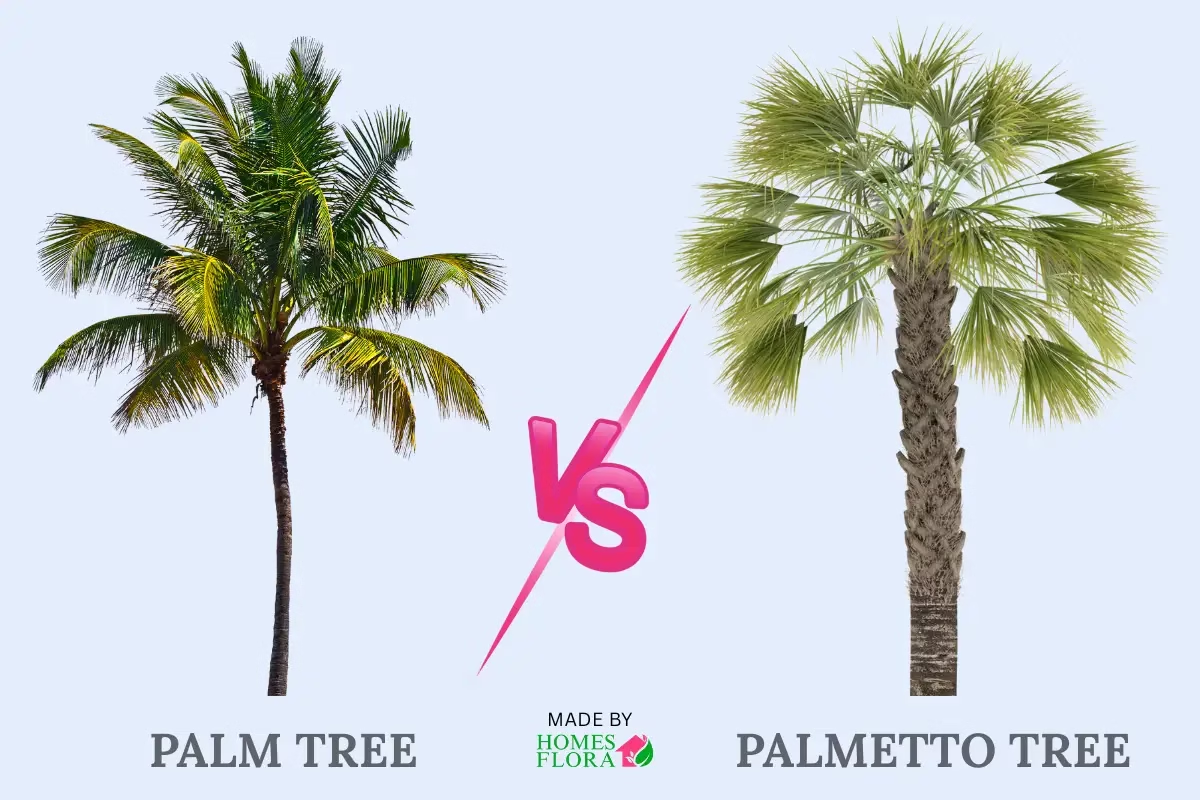
Plant lovers are confused about the real difference between a Palm and a palmetto. Palm trees and palmetto trees are common in the South and the tropics. They owned tall trunk with green foliage and bright flowers. Varieties in the Sabal genus, like Sabal palmetto, Pindo palm, Saw palmetto, and Needle palm, make them special for the plant lovers in the Southeast. After a drought, heavy rain their trunks look thin, but these trees stay strong like montains. This article will uncover origins, compare features, and clarify what makes palms and palmettos truly special.
Palmetto Tree Vs. Palm Tree: Comparison Table
Feature | Palmetto | Palm |
|---|---|---|
Family | Arecaceae | Arecaceae |
Origin | South Carolina | Tropics & Sub-tropics |
Height | Up to 30 ft | Up to 80+ ft |
Trunk | Horizontal, shoots | Vertical, rough |
Leaves | Fan-shaped, wide, serrated | Feather/palm-shaped, thin |
Leaf Type | Costapalmate, ~3 ft | Palmate/pinnate, varies |
Flowers | Yellow, stiff, fragrant | White/cream, soft, aromatic |
Fruit | Small black berries | Dates or coconuts |
History | State tree, 1776 Fort Moultrie | Peace, victory, cultural |
Climate | Warm, some cold-hardy | Warm, tropical only |
Soil | Flats, swamps, salt/fresh | Sandy, well-drained, humid |
Uses | Medicinal, animal food, nesting | Ornamental, fruit, shade |
palm vs palmetto: Key Difference
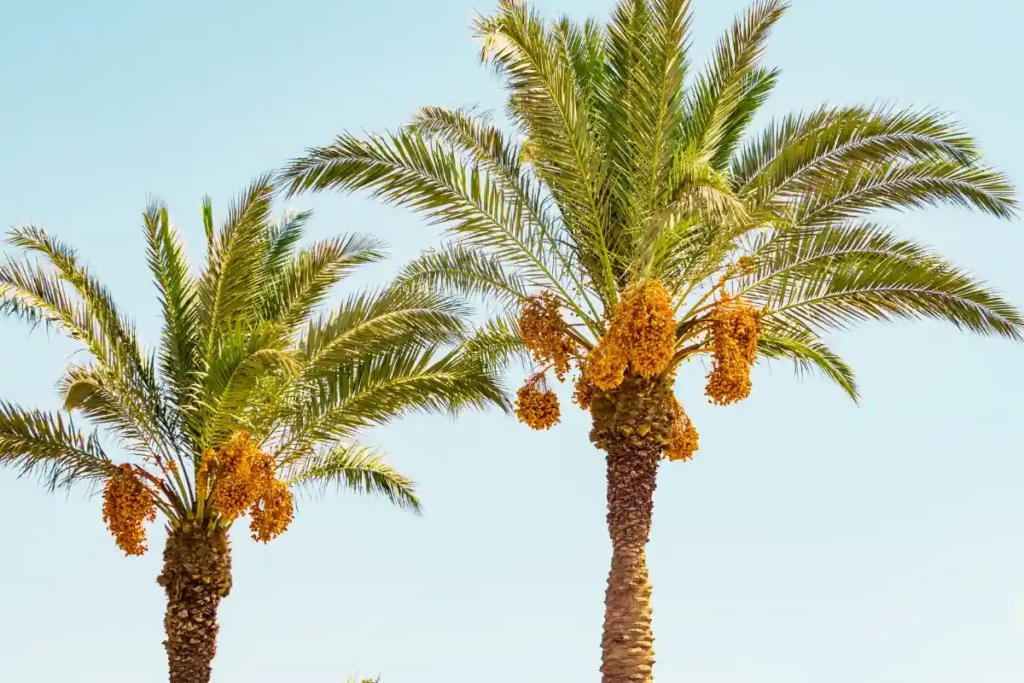
Is a palmetto tree the same as a palm tree?
These legends heighted Trees belong to the same Arecaceae family and grow in the same habitats, but they are still different. yes! The Palm tree is not same 100% as a Palmetto and look different and used in different ways. Palmetto is one variety among over two thousand palm varieties. In South Carolina, native species include Sabal palmetto, Sabal minor, Pindo palm, Saw palm, and Needle palm.
Why do some palm trunks look skinny or weak?
A trunk may show a skinny or weak segment low down. This spot usually indicates a bad growing year, often caused by drought or excessive rain. Seeing this on a palmetto just reflects that period in its life, not poor health.
Related: Pothos Vs Philodendron: What’s the Difference and Best Pick
Palm Tree Vs Palmetto Tree Pitcures Gallary
Here are some of the Pics of the palm Tree and palmetto for their difference to distinguish them easily on the first sight.
Palmetto Vs Palm Tree: Appearances
Height
Comparing palmetto and palm trees, the difference in heights is clear. Palmettos grow low to the ground, reaching few feet tall, with the largest like Sabal or cabbage maxes around 30 feet. Palms, such as Royal Roystonea, grow much taller, often reaching 80-plus feet. These highlights are the prominent size factor that sets these trees apart.
Trunk
The trunk of a palm tree goes straight up with rough bark. A palmetto trunk grows sideways from an underground stem with new shoots. They grow differently from oaks or pines and do not build trunks in layers like other woody trees.
Foliage
Evergreen palmetto leaves fan out and grow wider than palm leaves, often forming clusters at the base. Each leaf has small serrations, giving the common name “saw” palmetto. They thrive beneath larger trees to catch filtered sunshine. In comparison, palm leaves are thin, feather shaped, and form a spiral or alternate pattern, reaching 36 inches and dominating the skyline.
Leaf Shape
Palm trees and palmetto trees have different leaf shapes. Their fronds can look like a fan or a feather. Palm leaves are normally palmate or pinnate, and the Sabal palmetto has leaves that bend backwards in curve shape. Its leaf is about 3 feet long with tiny and thin leaflets. The shape of the fronds changes by species, which helps classify them .
Flowers
Palmetto trees, like dwarf and scrub varieties, have stiff, lance-like flowers. They are often yellow and sweetly scented. These flowers grow just above the foliage. They add a gentle fragrant touch to the plant.
Palm trees, including queen and desert palms, produce soft, feathery plumes. They are eye catchy and aromatic, in white, cream, or gray colour shades. Birds and insects love these flowers. The stems and stalks can rise above the tips.
These flowers give a variety of sights and scents. They enhance the overall beauty of both palms and palmettos.
Fruit
Palmetto trees produce small berries that birds and mammals loves to eat and enjoy its delicious taste. The tiny flowers riped and convert to a rounded softy black fruit. These berries helps the ecosystem and give a healthy snake to birds.
Palm trees give tasty dates and coconuts. The Queen palm has bright orange ornamental dates that hang down, and when people see them, they wish to eat them fresh right away. Some coconuts grow hard and can injure people, or fall when ripe, sometimes causing property damage. Palmettos produce much smaller, berry-like fruits, typically less than the larger palm fruits.
Related: Banana Plant vs. Bird of Paradise
palm tree vs palmetto tree: Origin Comparison
The palmetto tree belongs to South Carolina, while palm trees are rooted in tropical and sub-tropical regions like Caribbean, southern Asia, and South America. Researches found palms first grew millions of years ago, with the oldest fossils dating back 60 million years. With time, both have been transported worldwide to grow in warm climates, increasing their charm .
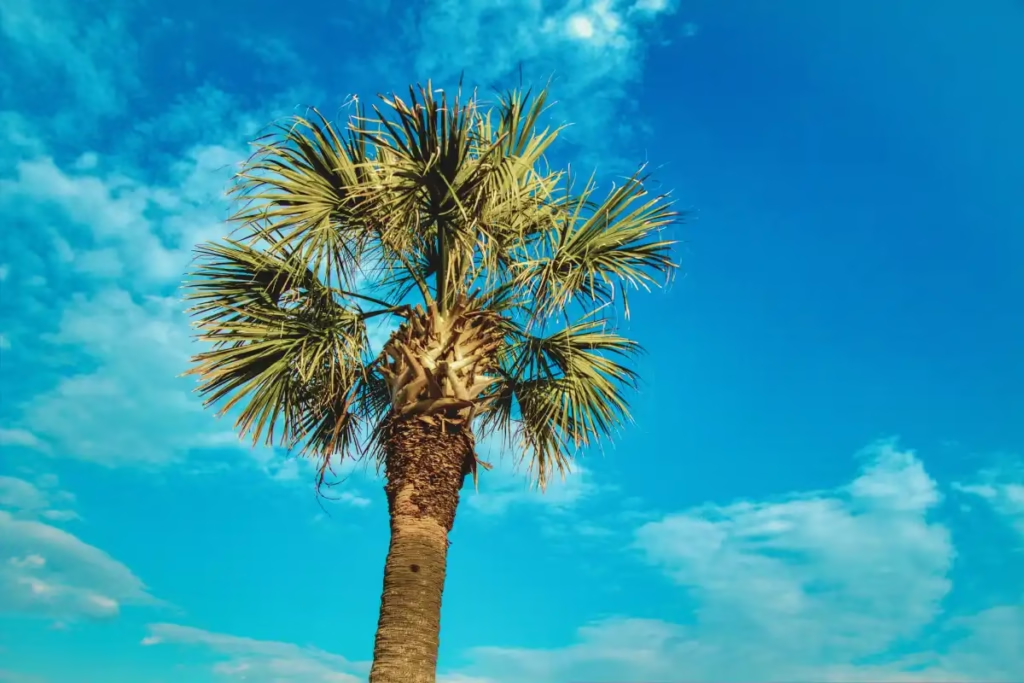
Historical and Cultural Significance
The Palmetto is honoured as a state tree of Florida and South Carolina, valued by Native Americans like the Miccosukee for its berries used medicinally to treat urinary problems. During the War in 1776, British troops failed to assault Fort Moultrie in Charleston, as a thick wall of palmetto held them at bay, expressing resilience and endurance in the southern states.
The palm tree means a lot from the Mediterranean to Rome, it’s been a symbol of peace, victory, and proud. Today, Christian and Jewish celebrations still honor palms, showing how these trees have quietly shaped culture and history .
Climate and Soil Requirements
Palmetto and palm trees require warm climates. Some cold hardy cultivars are bred for cool-area family lovers. Tropical types of palm and Palmetto struggle in temperate zones under 16 degrees, but resist against high winds or hurricane force.
Soil: Palmettos resist against fresh and salt water, growing on flats, cactus thickets, freshwater cypress swamps, and barrier islands. Palm trees prefer well drained sandy soil, letting roots spread with minimal resistance. Date and coconut tolerate salt, while others suit humid rainforest conditions.
Related: Explore the Calla Lily vs. Canna Lily to find the perfect Flower for your garden by well know the Calla Lily Symbolism.
palm tree vs palmetto: Popular Uses
Conclusion: palmetto vs palm tree
Palmetto and palms are trees of the same family but show different traits. The main difference is palm height, with some reaching 80 feet to tower over 30 feet tall palmettos. Foliage ranges from wide, tough, serrated leaves in palmettos to feather-shaped, thin leaves in palms. Red berries contrast with dates and coconuts, adding value in tropical, humid conditions.
Palmettos are cold, hardier, able to survive fire, while palms may face hurricane. Their fruit, flowers, fronds, and size provide significant aesthetic qualities and benefits to landscapes, garden, and space. Smaller, compact, unique star-shaped fronds in palmettos contrast with larger, varied, towering palms, boosting presence, beauty, and function outdoors while showing the nature of both.

